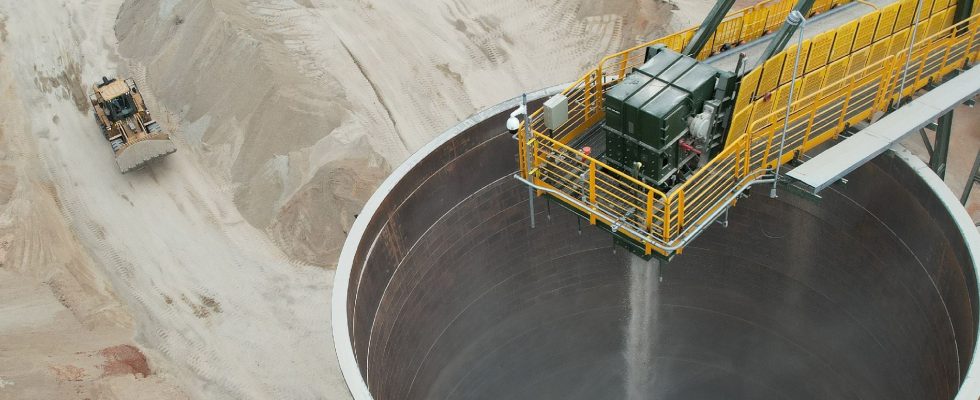There will be no energy transition without critical raw materials. From electric vehicles to wind turbines, metals such as cobalt, lithium or nickel play a crucial role in changing modes of production, storage and use of energy. In the “net zero emissions 2050” scenario, aligned with the Paris agreements, 60% of global nickel demand will be destined for green technologies by 2030. By 2040, copper use is expected to grow by 60%… and that of lithium, 900%.
The race for critical raw materials has already begun. Demand has exploded as businesses and governments need them to meet their ambitious net zero emissions targets. According to the International Energy Agency, the market has doubled in the last five years, reaching $320 billion in 2022 – and investment is following, with 30% growth in the sector over the same year.
From OPEC to Opem: beware of cartelization
The future will be fueled by critical metals, which may well be framed by iron curtains. The market for critical raw materials is indeed highly concentrated. China is the perfect illustration of this, controlling 91% of manganese and 76% of silicon metals on a global scale. Likewise, the Democratic Republic of Congo holds more than 60% of the global cobalt market, while South Africa crystallizes 71% of the platinum market. These geographic monopolies are already creating significant price distortions and supply tensions.
But the situation could still get tense. Just as oil-producing countries did with OPEC, countries rich in critical raw materials could decide to form an Organization of Metal Exporting Countries (Opem). A scenario that would put importers of these materials under intense pressure. This is the case for the members of the European Union, who would then find themselves in an even more delicate position than the one they occupy today.
THE Critical Raw Materials Act will not be enough
Because European dependencies in terms of critical materials are not only real, but above all very strong. For example, Europe only sources manganese, germanium and rare earth elements from China. Same observation regarding borate, for which Europe depends 100% on Turkey. Consequence: the continent is strongly exposed to a growing risk of disruption of supply chains, which would jeopardize its chances of achieving the objectives set by the Paris agreement.
In this context, the European Union would be well advised to act. Its regulation on critical raw materials (Critical Raw Materials Act, CRM Act) sets objectives. But will it be enough to correct the situation? Not really, as the European delay in critical materials is so significant. THE CRM Act stipulates that by 2030, at least 40% of the annual consumption of critical materials must come from European refining. Currently, among the 24 materials listed, 21 do not meet this criterion. This is just one example of how far we still have to go.
From diversification to recycling, we must act now
In this sense, increasing the number of suppliers appears essential. The recent energy crisis has proven that supplier diversification is a factor of resilience in the event of tension. Europe must also rethink its relations with countries supplying critical metals and minerals. Investing more in these countries and establishing fairer trade policies towards them could generate renewed confidence and strengthen existing relations.
Europe must also ask itself how to increase its own production capacities. Certain critical raw materials are present in Europe, as evidenced by the lithium mining projects initiated in France. We must now learn to exploit these resources efficiently and sustainably.
European independence will also involve recycling. The EU hopes, by 2030, to increase its recycling capacities by 10% for 16 critical raw materials. This objective is not enough, we must be more ambitious. Experts estimate that by 2050, 65% of Europe’s needs for cobalt, an essential element for battery production, could be met by recycling used batteries. To achieve this, Europe must imagine a strong industrial policy in terms of recycling. Difficult to quantify the investment required, but this should not be a hindrance. Many examples tend to prove that costs tend to decrease as investment grows. The cost of producing solar energy has notably fallen, on average, by 36% per year over the last decade in parallel with numerous investments made in the sector.
Is Europe ready to catch up on critical materials? Far from there. But she no longer has a choice. We must act quickly.
